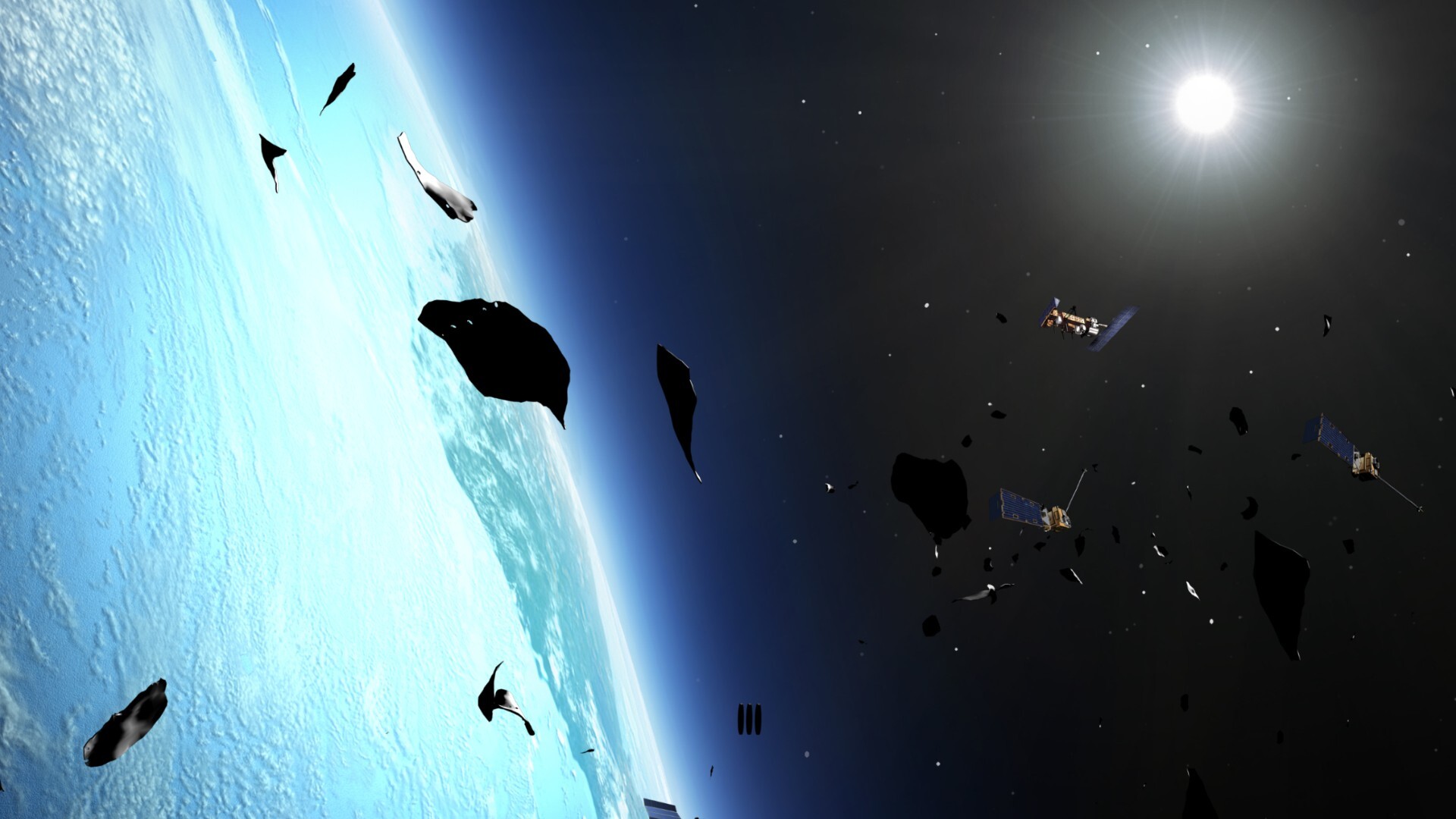Winter solstice 2020: Behold, the view of Earth's longest night from space
Watch the solstice happen like an astronaut.
With satellite imagery, you can watch the last solstice of 2020 just like an astronaut.
Today marks the winter solstice in the Northern Hemisphere — the shortest day (and longest night) of the year and the beginning of the winter season. The event, which also marks the start of summer in the Southern Hemisphere, is caused by Earth's axial tilt and the planet's motion as it orbits around the sun at the center of our solar system.
Earth doesn't sit upright as it circles the sun. Instead, it orbits on its axis at a tilt of 23.5 degrees. Our planet's Northern and Southern hemispheres take turns with sunlight, trading places when it comes to seasons. So, on the winter solstice, the planet's Northern Hemisphere is turned as far away from the sun as it ever is.
And satellites orbiting Earth give us a unique glimpse of what this event looks like from space.
'Great conjunction' 2020: NASA tips to see Jupiter & Saturn as a 'Christmas Star'
Happy solstice! Today in the Northern Hemisphere we experience the shortest day and longest night of the year. 🌃This image from Meteosat shows our planet this morning, just before sunrise in most of Central Europe. The exact solstice occurs at 10:02 UTC / 11:02 CET! 📷@eumetsat pic.twitter.com/ckpzvZ96k6December 21, 2020
In an image from Meteosat, a suite of geostationary, meteorological satellites operated by the European Organisation for the Exploitation of Meteorological Satellites (EUMETSAT), you can see the planet spinning a few hours before the solstice arrived. The image shows Central Europe just before sunrise as Earth nears the solstice, which occurred at exactly 5:02 a.m. EST (1002 GMT).
Likewise, the National Oceanic and Atmospheric Administration's GOES East (GOES-16) satellite, which monitors Earth from space, captured the solstice. In this image, you can see Earth from space at exactly 5 a.m. EST (1000 GMT), a mere two minutes before the official winter solstice.
Breaking space news, the latest updates on rocket launches, skywatching events and more!
Today marks the shortest day of what feels like the longest year ever! Learn some interesting facts about the #WinterSolstice, plus a bit about #TheGreatConjunction, while you enjoy this six-month imagery from #GOESEast, our #ImageoftheDay: https://t.co/3xwjHHU9BK pic.twitter.com/M3IW8zSmSODecember 21, 2020
NOAA also released a stunning time-lapse of the Earth from solstice to solstice, spanning a six-month period in 2020.
The time-lapse image montage covers a span from June 21 to Dec. 21 as seen by the GOES East satellite.
Email Chelsea Gohd at cgohd@space.com or follow her on Twitter @chelsea_gohd. Follow us on Twitter @Spacedotcom and on Facebook.

Chelsea “Foxanne” Gohd joined Space.com in 2018 and is now a Senior Writer, writing about everything from climate change to planetary science and human spaceflight in both articles and on-camera in videos. With a degree in Public Health and biological sciences, Chelsea has written and worked for institutions including the American Museum of Natural History, Scientific American, Discover Magazine Blog, Astronomy Magazine and Live Science. When not writing, editing or filming something space-y, Chelsea "Foxanne" Gohd is writing music and performing as Foxanne, even launching a song to space in 2021 with Inspiration4. You can follow her on Twitter @chelsea_gohd and @foxannemusic.

